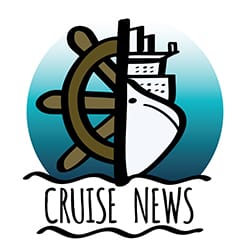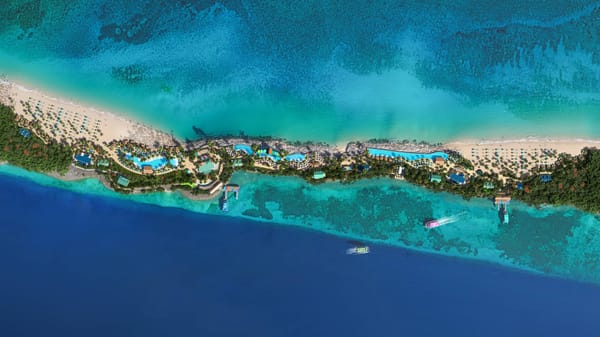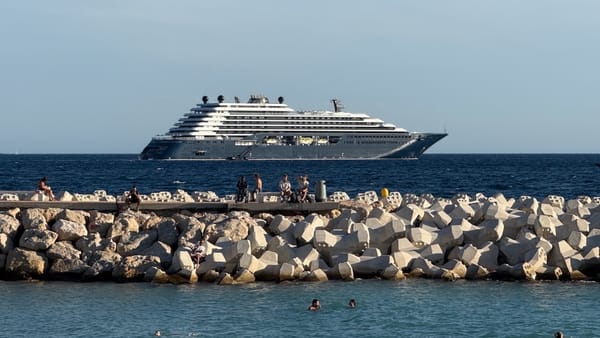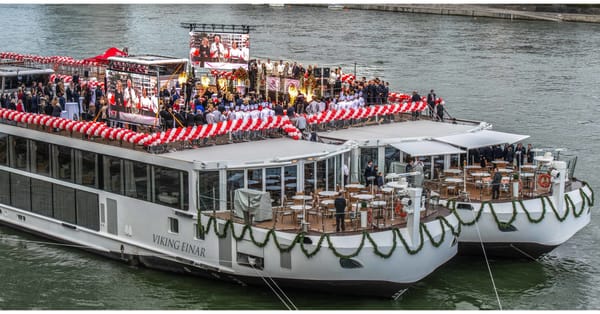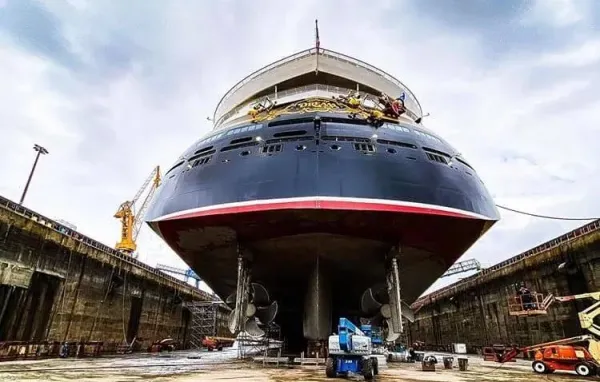Viking Libra Launches as First Hydrogen-Powered Cruise Ship for 2026
Viking Libra’s launch marks a significant step toward zero-emission cruising, highlighting industry efforts to adopt sustainable fuel technology and shaping future environmental standards at sea.
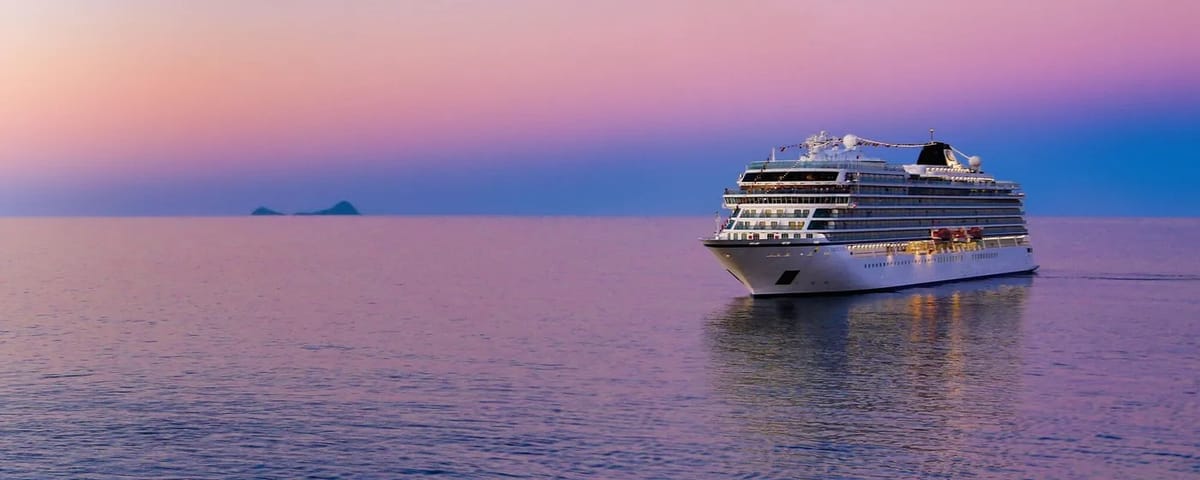
The cruise industry is poised to reach a historic milestone with the debut of the Viking Libra, announced by Viking and shipbuilder Fincantieri as the worlds first cruise vessel powered by hydrogen stored onboard. Slated for delivery in late 2026, the 54,300-ton ship will accommodate 998 guests in 499 staterooms, offering zero-emission navigation and setting a potential new standard for sustainable maritime travel.
Ship Construction and Propulsion
Under construction at Fincantieris Ancona shipyard in Italy, the Viking Libra will utilize a hybrid propulsion system that combines liquefied hydrogen and advanced fuel cells, developed by Fincantieri subsidiary Isotta Fraschini Motori. This technology is designed to produce up to six megawatts of power, allowing the ship to operate with near-zero greenhouse gas emissions. Custom-built hydrogen storage containers will be installed to ensure a reliable fuel supply during extended voyages.
Following the Libras launch, its sister ship, the Viking Astrea, is scheduled for completion in 2027 at the same Italian shipyard. Both vessels will be able to sail in sensitive ecological zones without harmful impact, reflecting Vikings broader pledge to adopt greener technologies across its ocean fleet.
Sustainability and Environmental Impact
By using hydrogen fuel cells, the Viking Libra is positioned to comply with stricter environmental regulations that aim to reduce maritime emissions. Hydrogen power generates electricity with only water vapor and warm air as outputs, helping to preserve natural habitats and meet growing sustainability demands in global cruising.
Other cruise companies have also begun implementing lower-emission solutions, including MSC Cruises, which has introduced LNG-powered vessels, and Hurtigruten Expeditions, developing a zero-emission ship featuring an extensive battery system expected to arrive in 2030. The Viking Libra stands among the first hydrogen-powered ships to reach this scale of commercialization in the cruise sector.
Fleet Expansion Plans
In addition to the Viking Libra and the Viking Astrea, Viking has signed agreements with Fincantieri for two more ocean ships to be delivered in 2031, with an option for two additional vessels in 2033. According to the company, this planned expansion will bring its ocean and expedition fleet to 23 ships by 2031. Alongside these ocean-going vessels, Viking intends to enlarge its river fleet by taking delivery of 26 more ships by 2028, increasing its total to 110.
Stakeholder Perspectives
Chairman and CEO of Viking, Torstein Hagen, emphasized the lines environmental priorities, stating, “From the outset, we have designed our river and ocean ships thoughtfully to reduce fuel consumption, and we are very proud the Viking Libra and the Viking Astrea will be even more environmentally friendly. Viking made the principled decision to invest in hydrogen, which offers a true zero-emission solution.”
Pierroberto Folgiero, CEO and Managing Director of Fincantieri, added, “With the Viking Libra, we are not only delivering the world’s first cruise ship powered by hydrogen stored on board, but we are also reinforcing our commitment to shaping the future of sustainable maritime transportation. This project is a testament to our shared vision for a more sustainable cruise industry.”
Frequently Asked Questions (FAQs)
What makes the Viking Libra a major innovation in cruising?
It will be the first cruise ship to store and utilize liquefied hydrogen onboard for propulsion, enabling near-zero-emission navigation and allowing it to operate in environmentally sensitive areas.
How is the ship able to achieve zero-emission operations?
The vessel’s hybrid propulsion system combines liquefied hydrogen with advanced fuel cells that generate up to six megawatts of power, producing only water vapor and heat as byproducts.
When will the hydrogen-powered ships launch?
The Viking Libra is slated for delivery in late 2026, followed by its sister ship, the Viking Astrea, in 2027. Both aim to incorporate cutting-edge hydrogen technology to reduce maritime emissions.
What are Viking’s broader fleet expansion plans?
Viking expects to operate 23 ocean and expedition ships by 2031, having additional vessels scheduled for delivery in 2031 and options in 2033. The company also plans to increase its river fleet to 110 by 2028.
Which other cruise lines are adopting greener technology?
MSC Cruises has introduced ships powered by liquefied natural gas (LNG), and Hurtigruten Expeditions is developing a zero-emission vessel equipped with large batteries. Vikings pioneering use of hydrogen aims to advance the push for cleaner cruising industry-wide.
As the Viking Libra prepares to enter service, stakeholders across the maritime sector are closely watching its performance and signal for future eco-conscious advancements. By applying innovative hydrogen technology, Viking and Fincantieri hope to underscore the broader transition toward sustainability now taking place in the global cruise industry.
